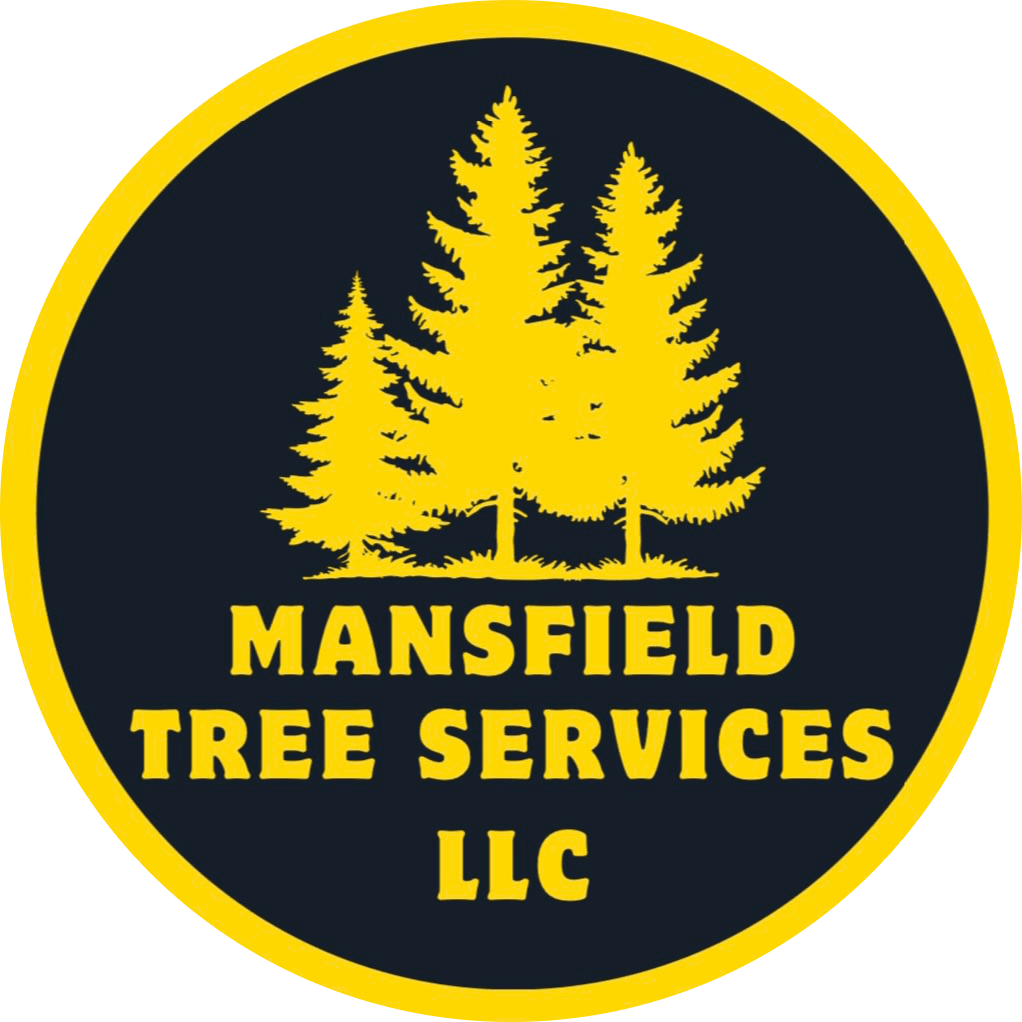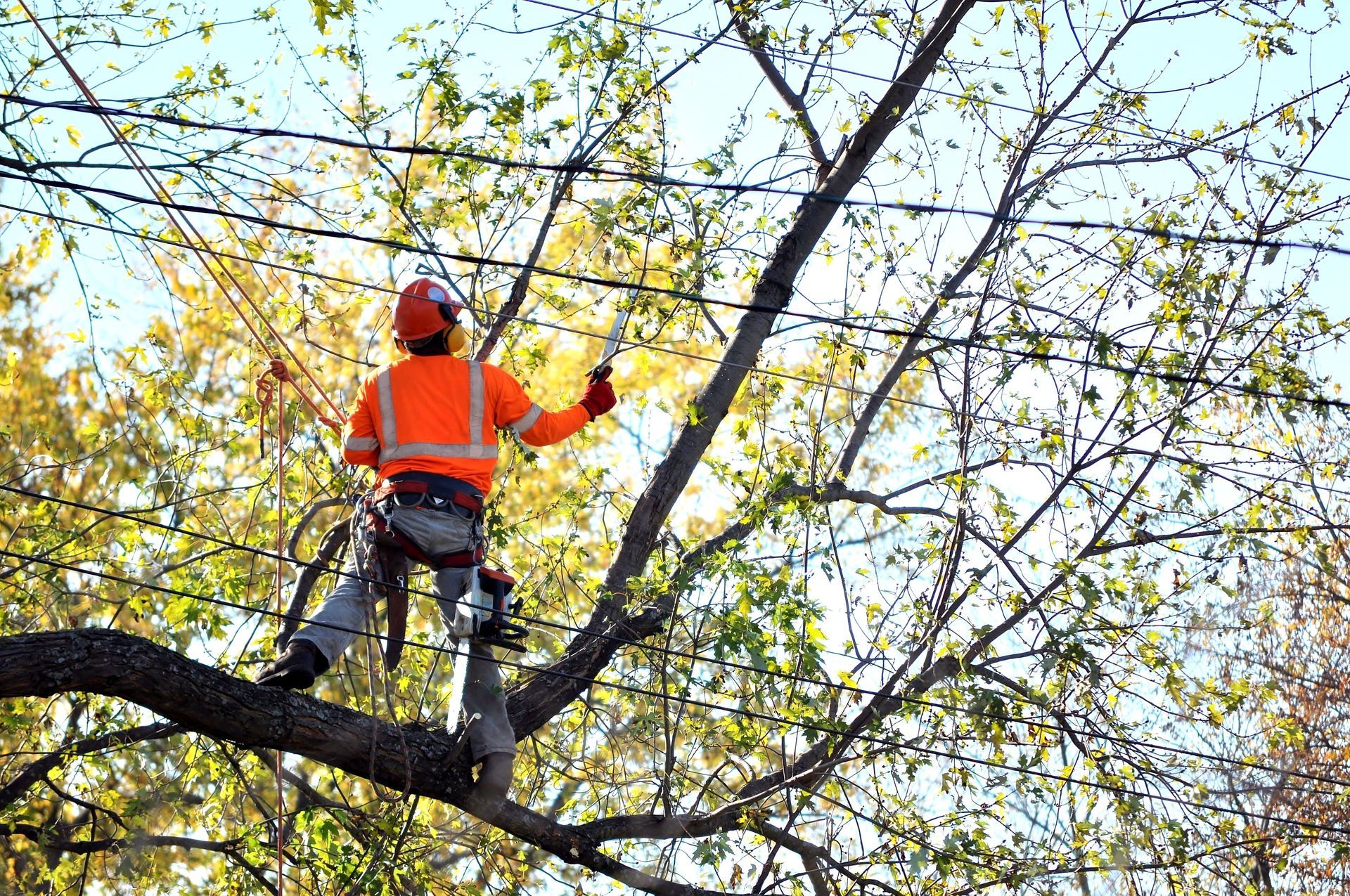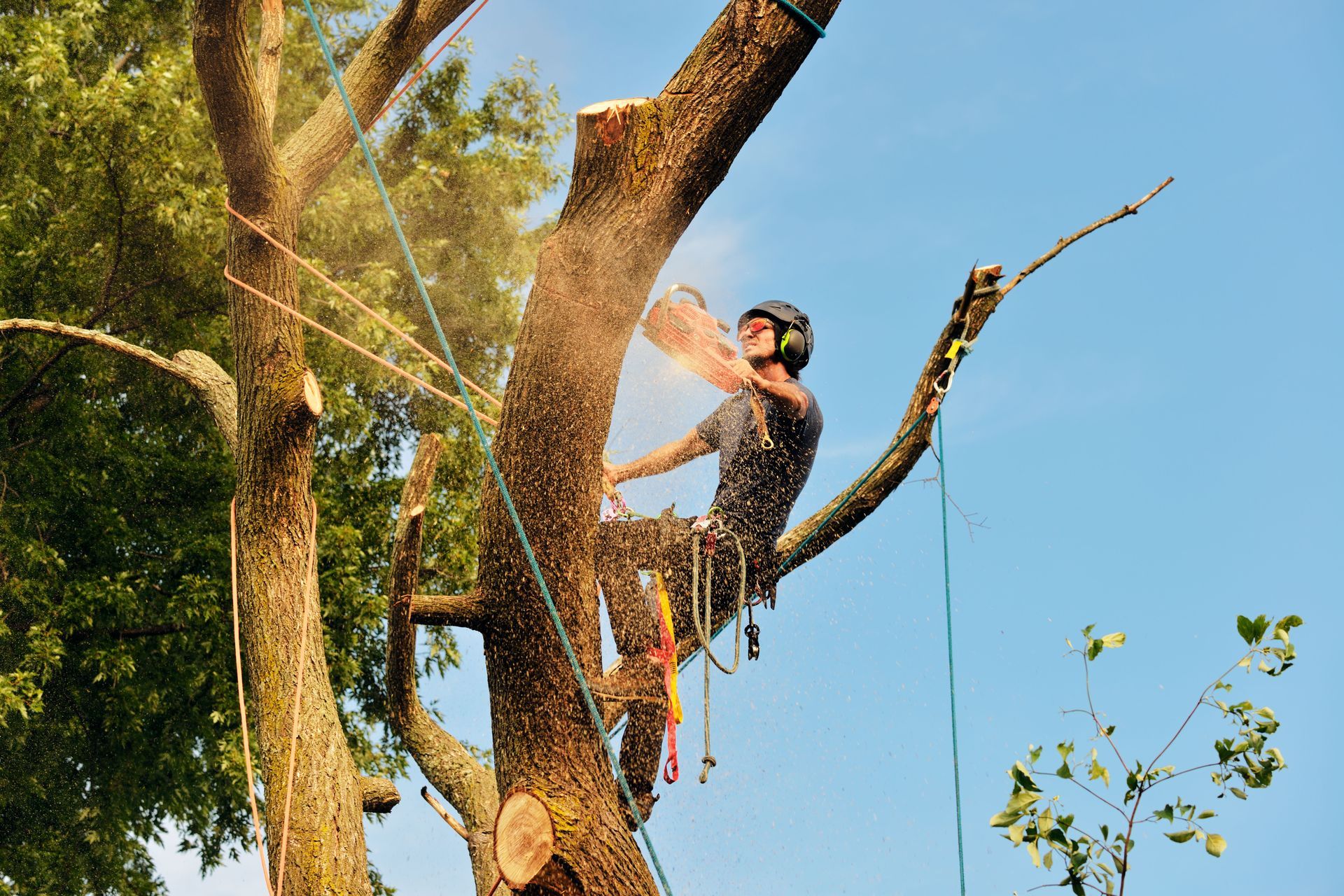November 17, 2025
Severe weather events pose significant challenges, one of which includes the potential damage to trees. Damaged trees can become hazardous, posing threats to properties, infrastructure, and personal safety. Proper tree care and immediate response post-storm can mitigate these dangers. Understanding the risks associated with storm-damaged trees emphasizes the value of timely interventions.
Understanding the Immediate Dangers of Storm-Damaged Trees
Storms can significantly compromise the structural integrity of trees. High winds and heavy rains may cause branches to weaken or fall, leading to potential hazards. In many cases, trees with hidden structural problems worsen in stability, making them unpredictable. These unstable trees can fall without warning, posing immediate risks to people and structures. Monitoring and addressing structural instability in trees post-storm is crucial to prevent injury and property damage. Partnering with a tree removal service ensures that dangerous trees are handled safely and professionally.
Storm-damaged trees can cause extensive damage to buildings and infrastructure. Falling branches may strike roofs, windows, and vehicles. Additionally, uprooted trees can lift sidewalks and roads, creating dangerous obstacles and requiring significant civic repair work. Therefore, swift action to remove hazardous trees can prevent these dangerous scenarios, particularly when done by a trained tree service with the proper equipment and expertise.
Storm-damaged trees contribute to significant environmental impact and disrupt local ecosystems. When trees are damaged or lost in storms, habitats for various species are destroyed, leading to ecological imbalances. Additionally, fallen trees can affect soil integrity, water flow, and even climate moderation. According to the U.S. Department of Agriculture, each year in U.S. cities an estimated 36 million urban trees are removed, highlighting the massive scale of potential environmental disruption. Proactive tree management and tree removal service efforts help mitigate these broad ecological effects and promote faster environmental recovery.
Recognizing the Signs of Tree Damage After a Storm
Uprooted trees are among the most apparent signs of storm damage. These trees are often tilted, exposing their root networks on one side. The uprooting process compromises the tree's stability, making it susceptible to falling. Observing the soil around the tree base can reveal signs of upheaval, which is essential in assessing risk. Addressing uprooted trees swiftly is crucial to prevent them from causing further damage. A skilled tree removal service can handle uprooted trees safely and restore order to the property efficiently.
One common post-storm tree damage indicator is the presence of broken or hanging limbs. These limbs often appear visibly splintered, cracked, or bent at unnatural angles. Such damage can become hazardous if limbs detach and fall unexpectedly. Regular inspections to identify and remove these dangerous limbs reduce the risk of injury and property damage. Timely intervention ensures that these potential threats are adequately managed, and hiring a tree service ensures the job is completed securely and effectively.
Trunk splitting and cracking are serious concerns post-storm as they compromise a tree’s core strength. Splits can occur vertically in the trunk, indicating severe internal damage. Deep cracks weaken the tree structure, increasing the likelihood of the tree collapsing. Identifying these signs allows for early intervention, potentially saving the tree or at least ensuring safe removal. Monitoring cracks and splits is an essential part of storm damage assessment, and collaboration with a tree removal service guarantees that any necessary removal or stabilization work is handled correctly.
Understanding the Benefits of Professional Emergency Tree Removal
Professional tree removal experts offer risk assessments crucial for handling storm-damaged trees. These specialists have the necessary knowledge and experience to evaluate tree damage and determine potential hazards. Their assessments help inform the safest and most effective course of action, minimizing risks to people and property. By understanding the intricate details of tree health and structure, professionals make informed decisions about whether trees need removal or care.
The top priority of emergency tree removal specialists is ensuring personal and public safety. By swiftly addressing hazardous tree situations, these services minimize potential threats posed by unstable trees. Public spaces are made safer, and personal properties are protected from unpredictable tree falls. Ensuring safety through proper tree management reflects the critical role played by these vital services, and partnering with a reliable tree service ensures consistent and safe outcomes during every emergency.
Managing the Process of Tree Removal and Cleanup
The tree removal process begins with an initial assessment and planning. Professionals evaluate the extent of damage and identify the safest methods for removal. This phase involves assessing the tree's location, potential hazards, and environmental considerations. Proper planning ensures that operations proceed efficiently, prioritizing safety for workers and residents. Thoughtful assessment and planning are crucial in executing these operations safely and strategically, and a qualified tree removal service ensures that every step is handled with precision and care.
Post-tree removal, effective debris clearing is essential to restore environments to normalcy. This stage involves collecting, transporting, and disposing of fallen trees, branches, and other materials resulting from the removal process. Safe debris removal prevents injuries and clears public spaces for safe use. Landscaping considerations during debris removal also aid in the rapid rejuvenation of affected areas. Effectively addressing debris is a critical step in post-storm environmental recovery, and an experienced tree service ensures that cleanup is handled responsibly and efficiently.
Once tree removal is complete, restoring the site remains a priority. This involves repairing landscapes affected by both the storm and subsequent tree removal actions. Restoration efforts help communities recover swiftly and reduce any lasting impact of storm damage. The restoration of sites plays a part in community resilience and environmental health, and a reputable tree removal service can assist in coordinating the transition from removal to restoration seamlessly.
Implementing Preventive Measures to Protect Trees Before Storms
Routine health assessments are foundational in maintaining strong and resilient urban trees. Regular inspections identify health or structural issues early, allowing for timely interventions. Observing signs of disease, decay, or pest presence contributes to strategic management. Healthy trees are more likely to withstand storms, minimizing potential damage. Emphasizing health assessments fosters a preventative approach, reducing risks and ensuring tree longevity. Consulting a professional tree removal service can help identify and address vulnerabilities before storms strike.
Pruning and trimming are effective techniques for minimizing storm impact on trees. These practices remove weak or diseased branches, reducing the load and potential points of failure during storms. Proper trimming improves air circulation and promotes healthy growth patterns that contribute to tree stability. Regular pruning sessions help in shaping trees to manage weight distribution, enhancing their resilience.
Strategic tree placement and selection can prevent future storm-related risks. Selecting species with known resilience to local weather patterns reduces the likelihood of storm damage. Thoughtful placement considers factors like proximity to structures, utilities, and other trees to minimize potential hazards. Choosing suitable planting sites and species contributes to a balanced urban ecosystem that is both beautiful and functional. Intelligent tree selection remains a vital step in long-term planning and storm preparedness, and advice from a trusted tree removal service or arborist ensures that planning decisions are both practical and sustainable.
The importance of emergency tree removal after a storm cannot be overstated. Engaging a dependable tree removal service ensures that every stage—from emergency response to restoration—is conducted safely, efficiently, and with long-term environmental health in mind. Ensuring swift and professional response to storm damage remains a cornerstone of community resilience and safety. For all of your tree removal needs, contact Mansfield Tree Services LLC today!


